Lemons
Meyer and Variegated Lemons
Our lemon trees are available for purchase! Contact us directly, or swing by the Kingdom Gardens farm store on a Wednesday (10a-noon) or Friday (3-5p)
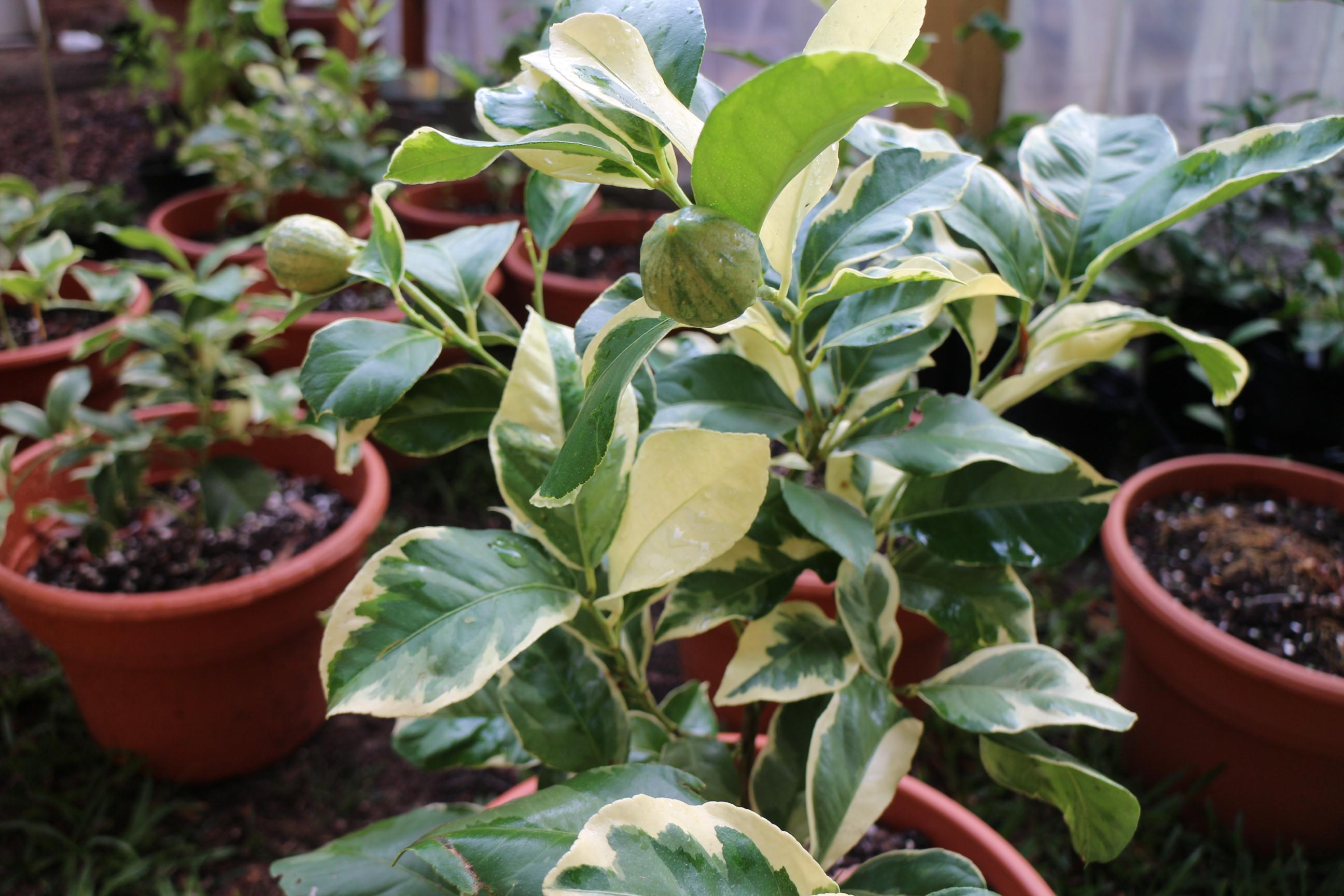 We have grown lemons since before keeping bees, but they sure work well together. Lemons bloom in the cool early spring and fill a need for early nectar for the bees, while making delicious lemons in the process.
We have grown lemons since before keeping bees, but they sure work well together. Lemons bloom in the cool early spring and fill a need for early nectar for the bees, while making delicious lemons in the process.
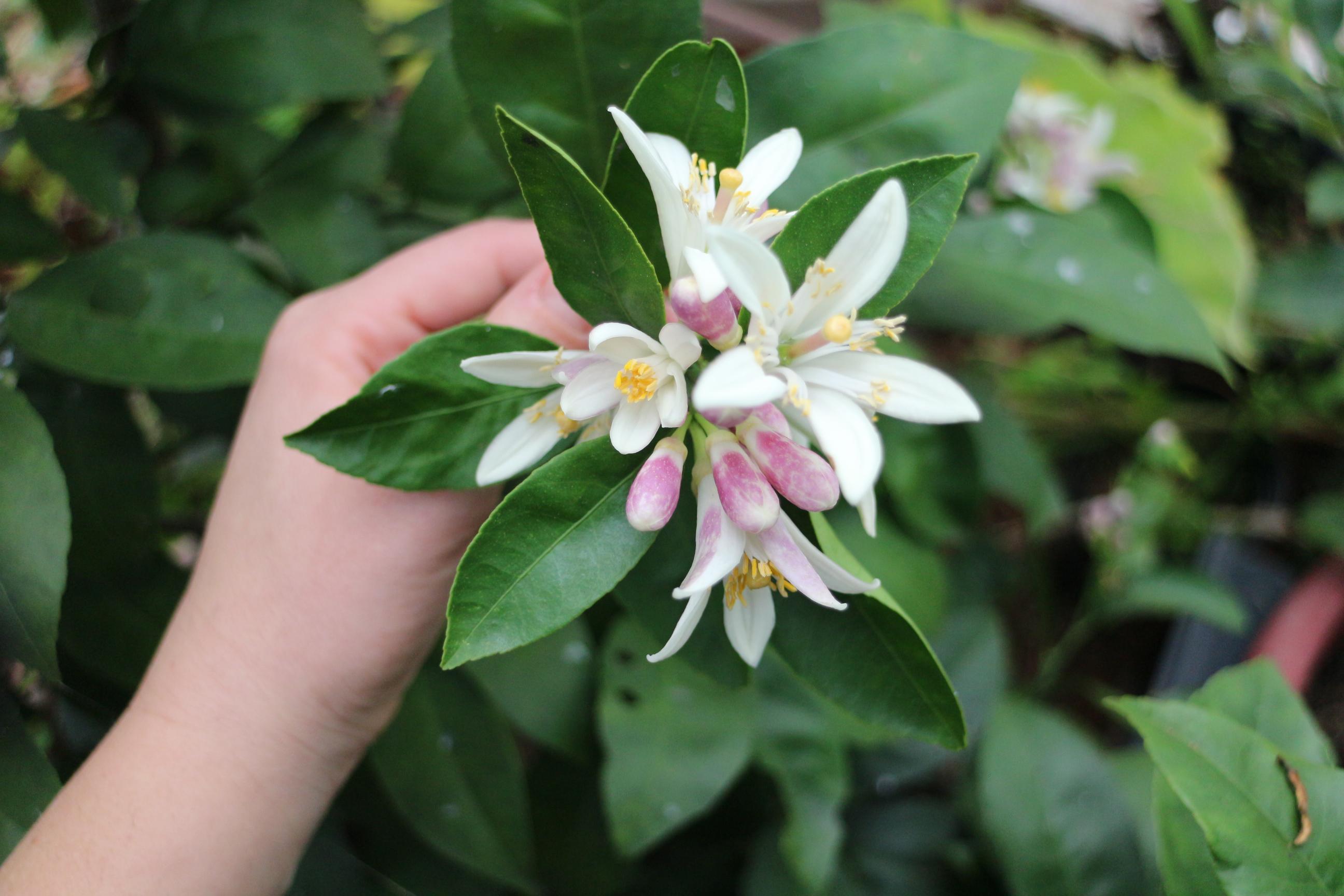 Lemons are relatively easy to care for, liking most things in moderation, and make an attractive plant suitable for many locations. Cat and dog owners should be aware of plant toxicity, and parents of little ones should make note of thorns, but that aside, you may yet find a place on your porch for a lemon tree.
Lemons are relatively easy to care for, liking most things in moderation, and make an attractive plant suitable for many locations. Cat and dog owners should be aware of plant toxicity, and parents of little ones should make note of thorns, but that aside, you may yet find a place on your porch for a lemon tree.
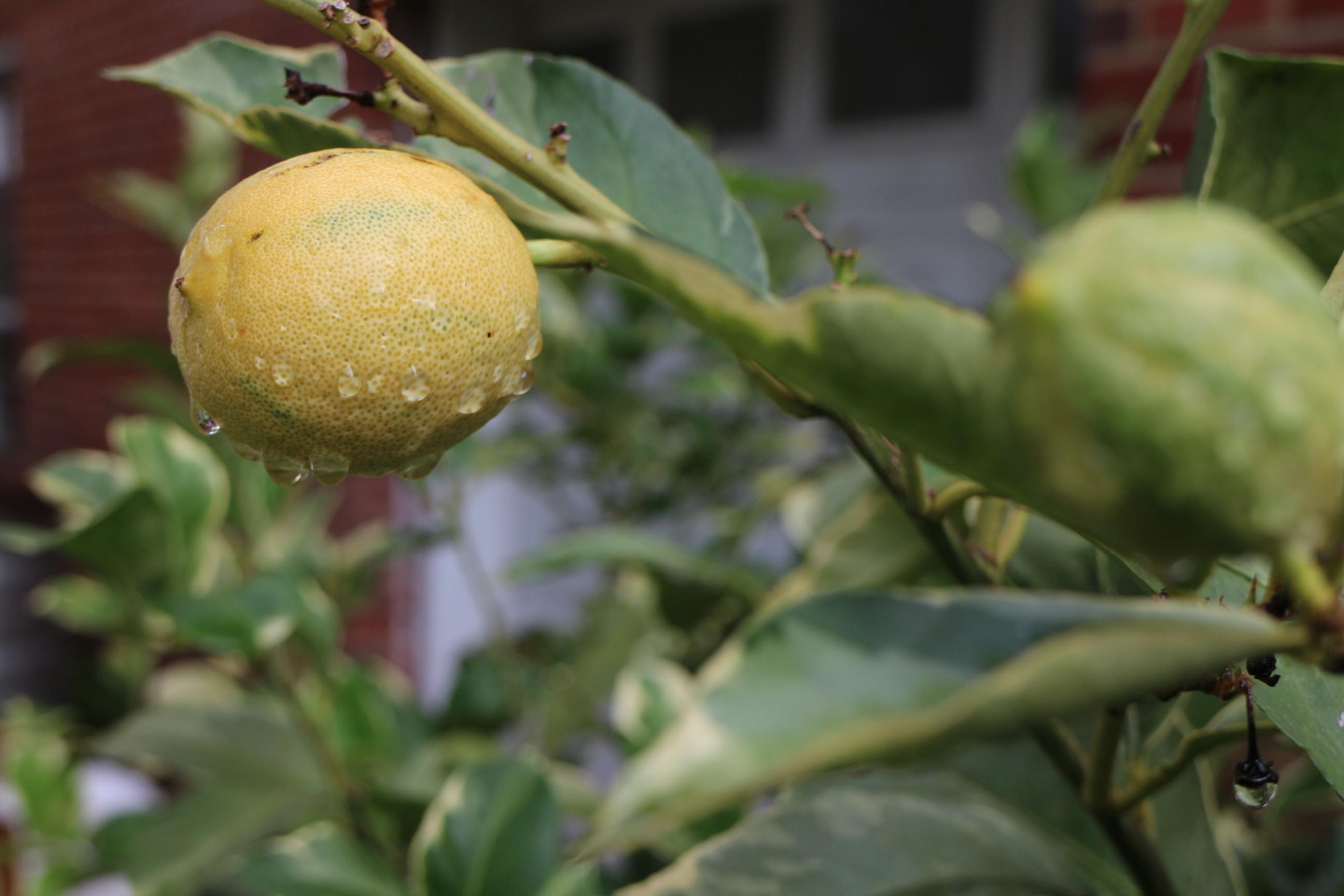 Lemon trees love sun and mild weather. They don't like being overwatered, and they don't like frost. In pots, they should be fertilized regularly ( we follow the package instructions for Citrus Tone, available at A. B. Poe & Co. / Farmers Exchange ) and brought inside in the depth of winter's cold. We like to leave ours out in the weather until the forecast calls for freezing temperatures, and then bring them in. The trees are stimulated by cool weather and are less driven to flower if they don't get cold nights.
Lemon trees love sun and mild weather. They don't like being overwatered, and they don't like frost. In pots, they should be fertilized regularly ( we follow the package instructions for Citrus Tone, available at A. B. Poe & Co. / Farmers Exchange ) and brought inside in the depth of winter's cold. We like to leave ours out in the weather until the forecast calls for freezing temperatures, and then bring them in. The trees are stimulated by cool weather and are less driven to flower if they don't get cold nights.
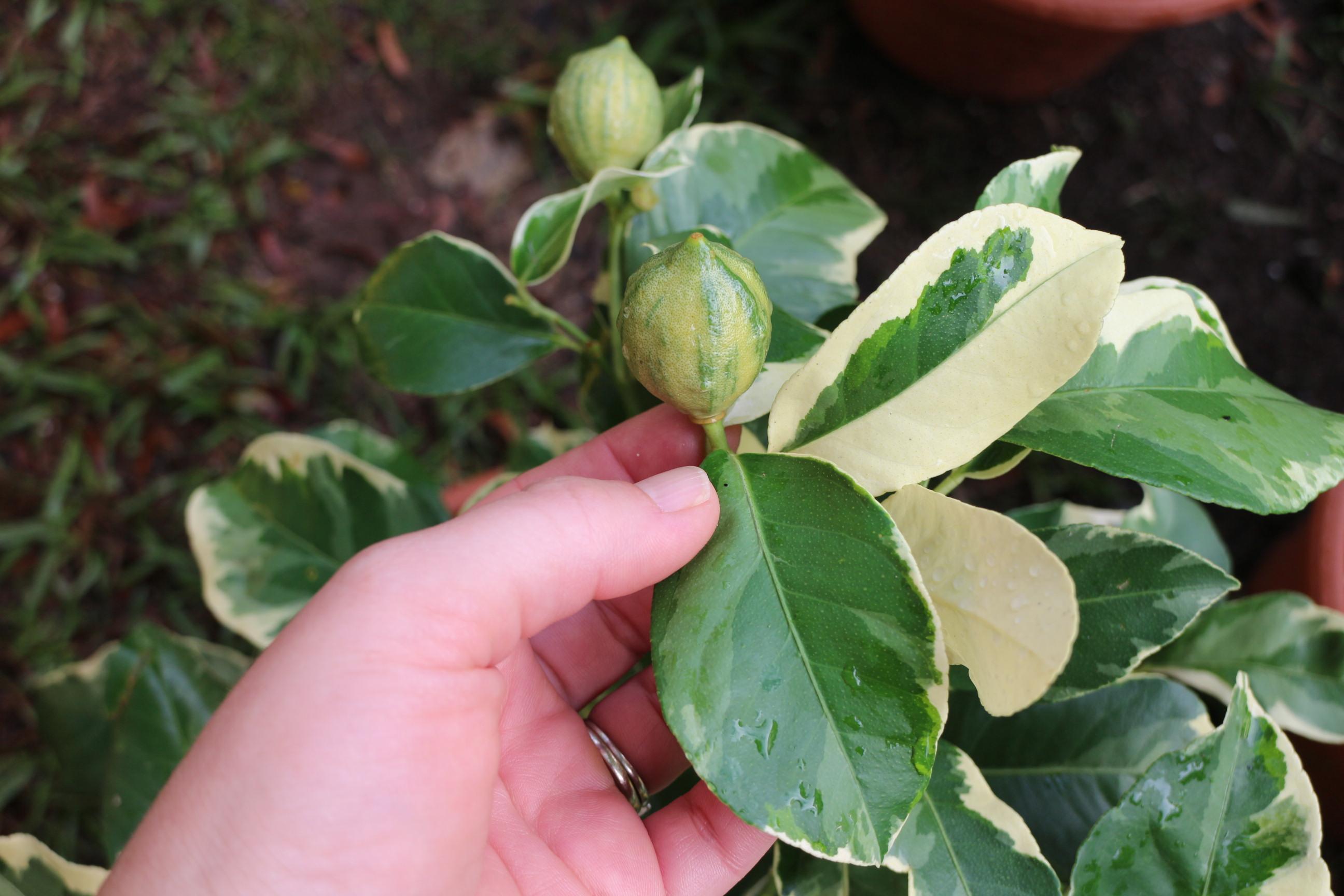 On the other hand, a small tree will readily produce many times more flowers than it should carry to fruit. Pinching off buds will steer it toward spending energy in leaves and branches, but it isn't necessary to completely keep a young tree from attempting to set fruit.
On the other hand, a small tree will readily produce many times more flowers than it should carry to fruit. Pinching off buds will steer it toward spending energy in leaves and branches, but it isn't necessary to completely keep a young tree from attempting to set fruit.
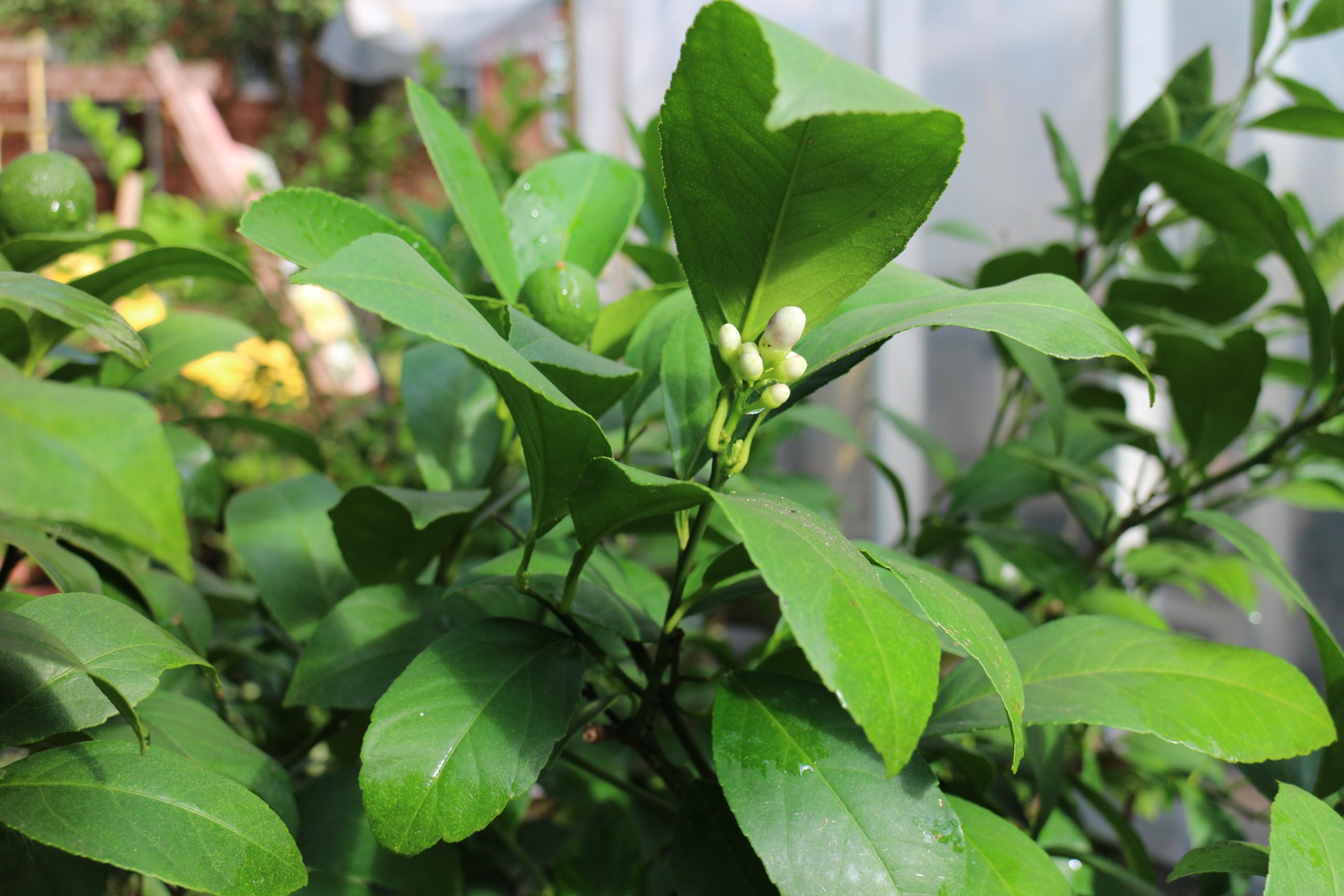 When kept inside, keep them from drying out. This can take some attending to in the winter as humidity drops when we use the heat, but a humidifier nearby or a close eye on soil and more frequent watering easily addresses this.
When kept inside, keep them from drying out. This can take some attending to in the winter as humidity drops when we use the heat, but a humidifier nearby or a close eye on soil and more frequent watering easily addresses this.
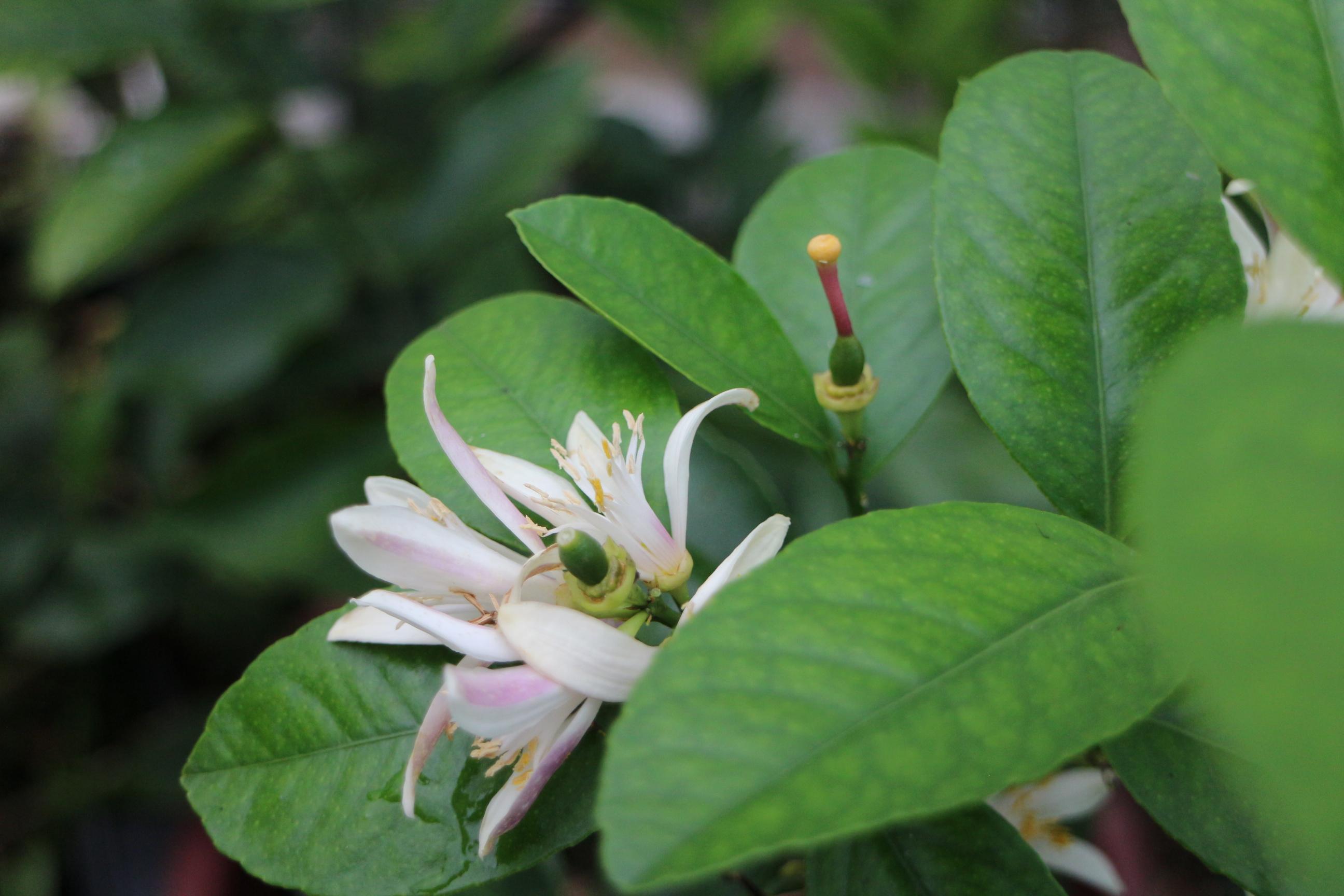 Lemon trees can easily grow to 8 feet tall in containers in 4-5 years in good conditions, so plan how big you'd like your lemon tree to grow, considering your space and means to move it. Check annually that the plant is not becoming root bound if you'd like it to continue growing, and pot up if necessary. Use a good compost mix when potting up. We mix worm compost and wood chip compost to provide a loose fertile soil that will drain well.
Lemon trees can easily grow to 8 feet tall in containers in 4-5 years in good conditions, so plan how big you'd like your lemon tree to grow, considering your space and means to move it. Check annually that the plant is not becoming root bound if you'd like it to continue growing, and pot up if necessary. Use a good compost mix when potting up. We mix worm compost and wood chip compost to provide a loose fertile soil that will drain well.
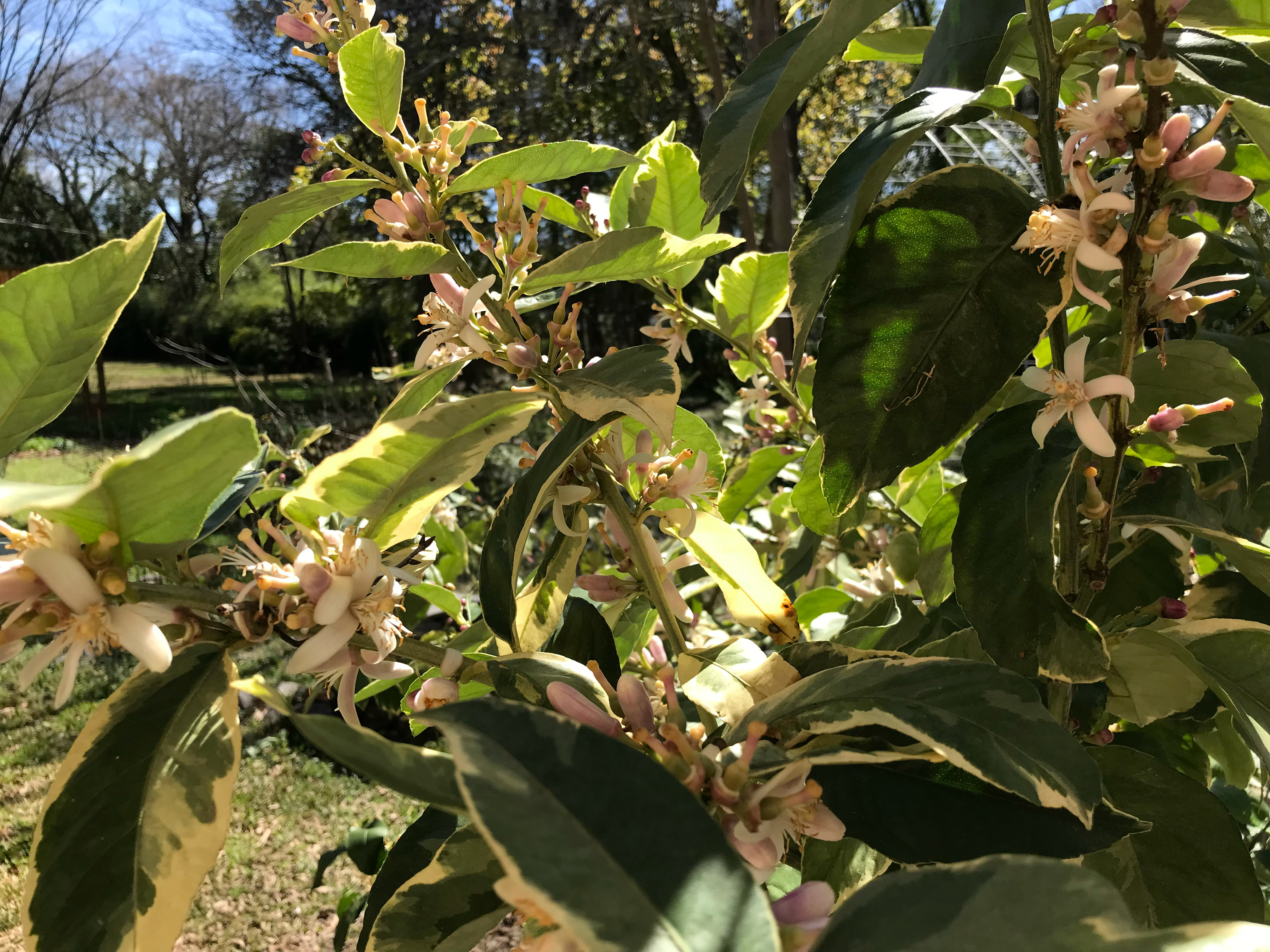 Large pots available in plastics or wheeled bases can help with moving a tree. I use a sturdy set of hand trucks passed down to me from my Grandad, and I prune my trees to accommodate mobility. I typically prune for a few reasons at different times of the year. Pruning to keep shape works well in winter ahead of spring flowering. I often find myself pruning to prepare for moving the trees in ahead of frost, or ahead or moving out when some trees have started to bud out.
Large pots available in plastics or wheeled bases can help with moving a tree. I use a sturdy set of hand trucks passed down to me from my Grandad, and I prune my trees to accommodate mobility. I typically prune for a few reasons at different times of the year. Pruning to keep shape works well in winter ahead of spring flowering. I often find myself pruning to prepare for moving the trees in ahead of frost, or ahead or moving out when some trees have started to bud out.
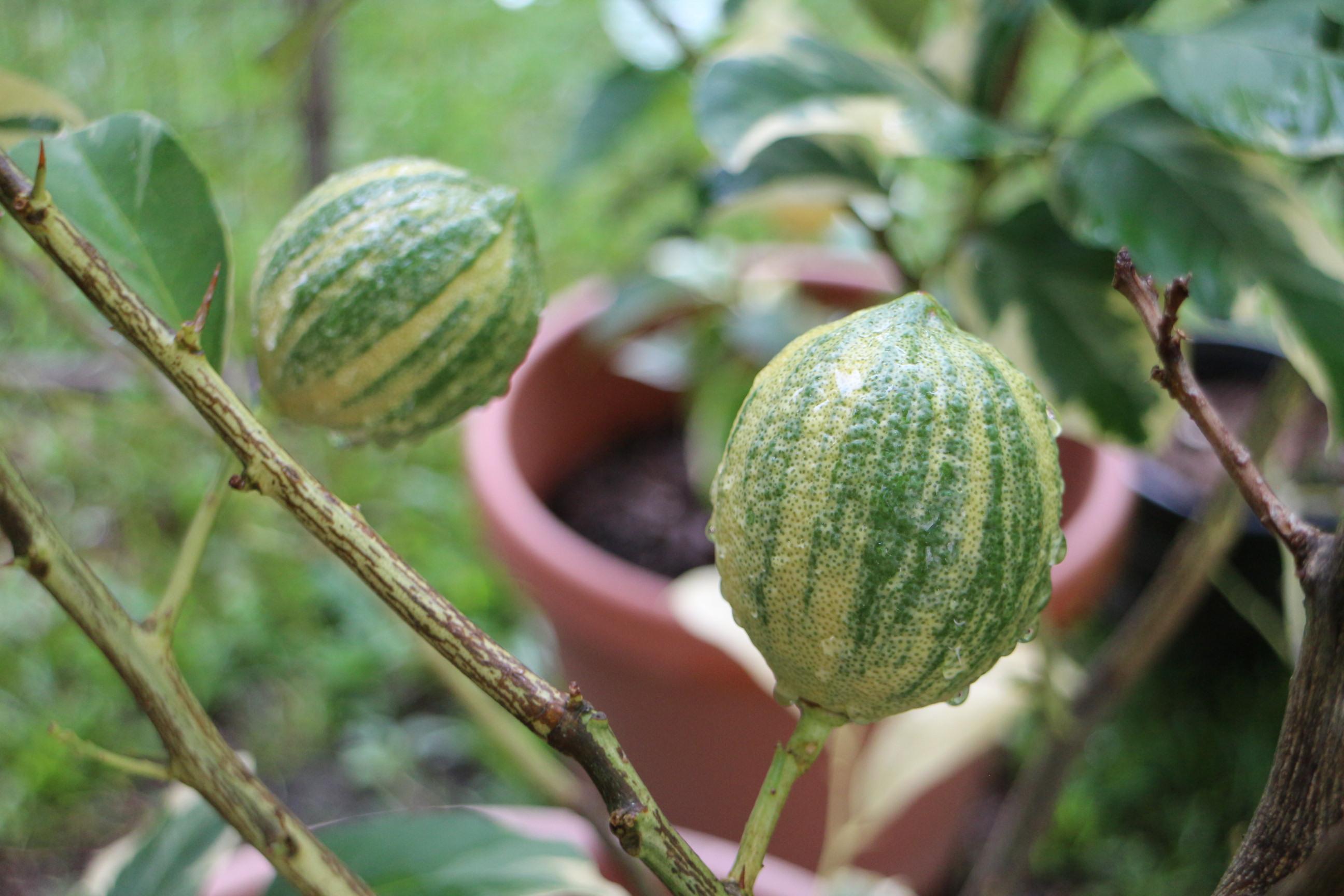 When we first started with lemons, we kept the trees inside for most of the winter. The blooms filled our little house with citrus blossom fragrance and we watered them semi-daily and kept them under a window. When they were first in large pots we made a "skateboard" for them so that we could put them on our screen porch more easily in milder stretches, but still pull them in for freezing weather. When our son was born, we passed his first winter knowing we might need a new plan for when he was more mobile. That was actually what started our greenhouse adventures, and for the first few years we kept all of our trees in the greenhouse for the duration of the winter, rolling the door up for milder weather. Now we keep the younger trees, less than 2 years old, in for most of the cold, but we try to keep the more mature trees out for all but the frost.
When we first started with lemons, we kept the trees inside for most of the winter. The blooms filled our little house with citrus blossom fragrance and we watered them semi-daily and kept them under a window. When they were first in large pots we made a "skateboard" for them so that we could put them on our screen porch more easily in milder stretches, but still pull them in for freezing weather. When our son was born, we passed his first winter knowing we might need a new plan for when he was more mobile. That was actually what started our greenhouse adventures, and for the first few years we kept all of our trees in the greenhouse for the duration of the winter, rolling the door up for milder weather. Now we keep the younger trees, less than 2 years old, in for most of the cold, but we try to keep the more mature trees out for all but the frost.
| Lemons | Perennial Tree |
|---|---|
| Pollen Color | Light Yellow |
| Nectar value | Medium High |
| Flower Period | Early Spring, carrying some blooms at all times when mature |
| Propagation | Cutting and Grafting |
| Size | 10' - 15' when grown in the ground, smaller in containers |
What Do We Do With Our Lemons?
We use lemon juice in guacamole, and on top of seared fish. We add it to teas and cocktails, and this really refreshing hoppy ginger beer! We put lemon zest in our buttermilk pancakes. We use it to make salad dressing. And we add it as a garnish!
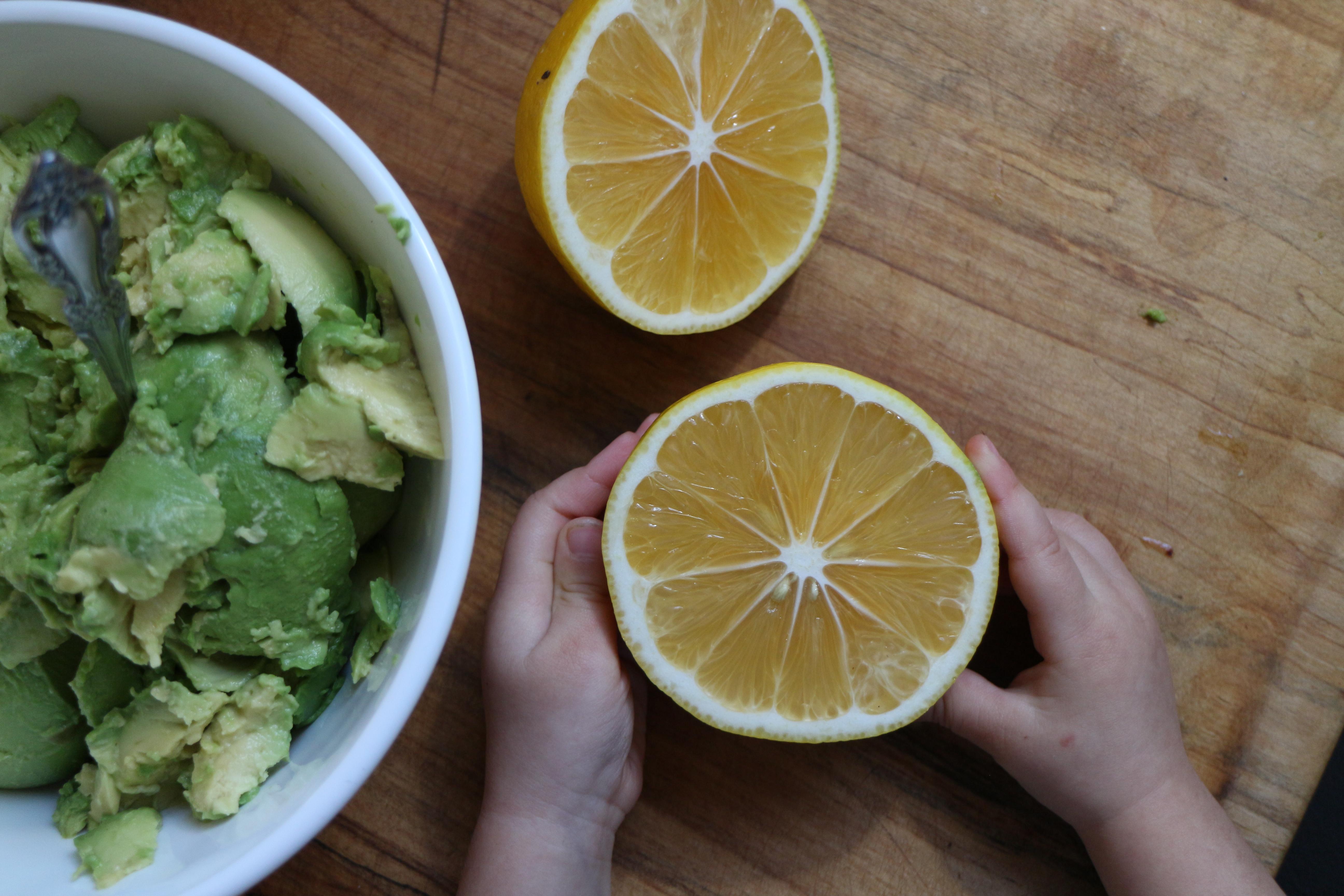
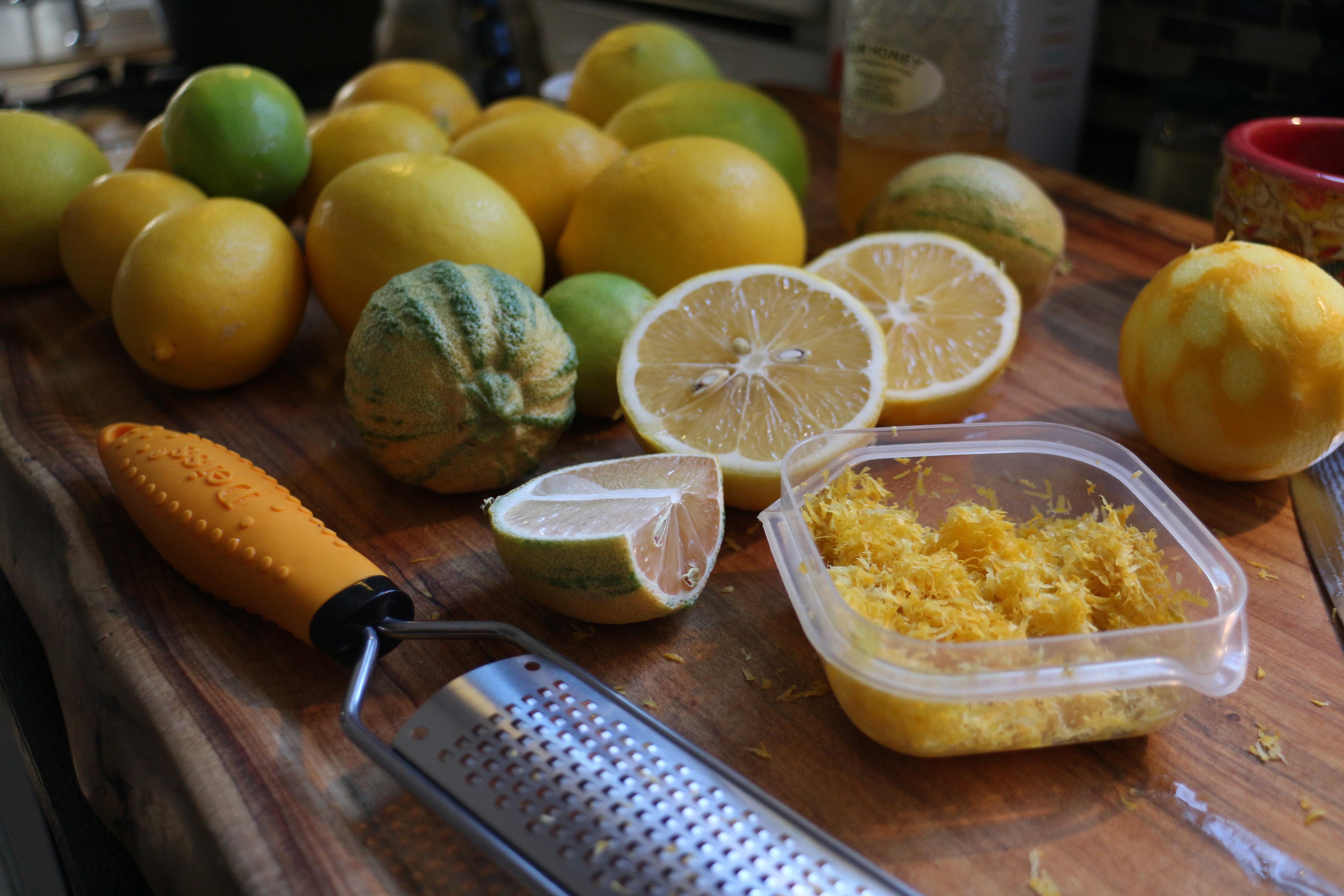
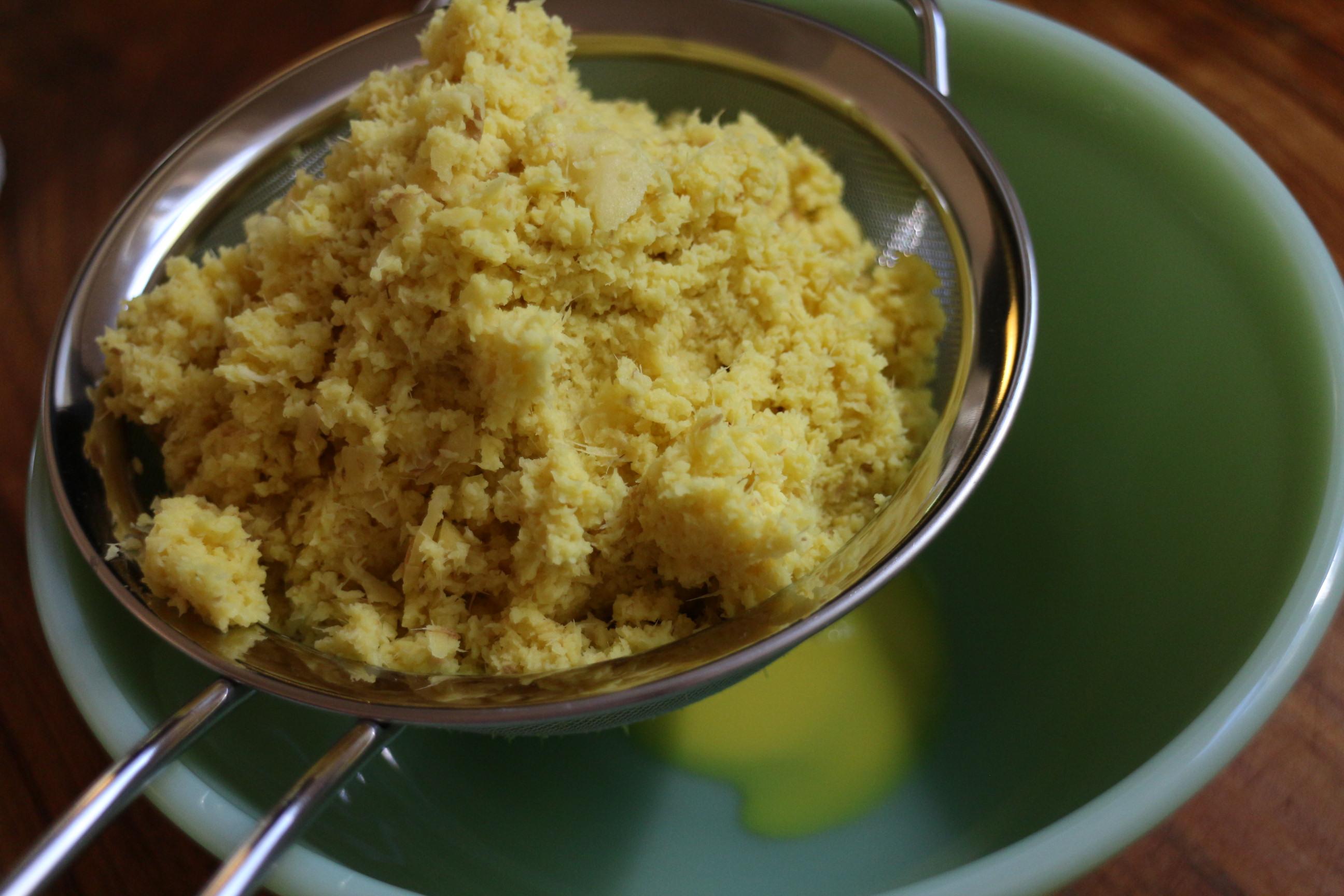
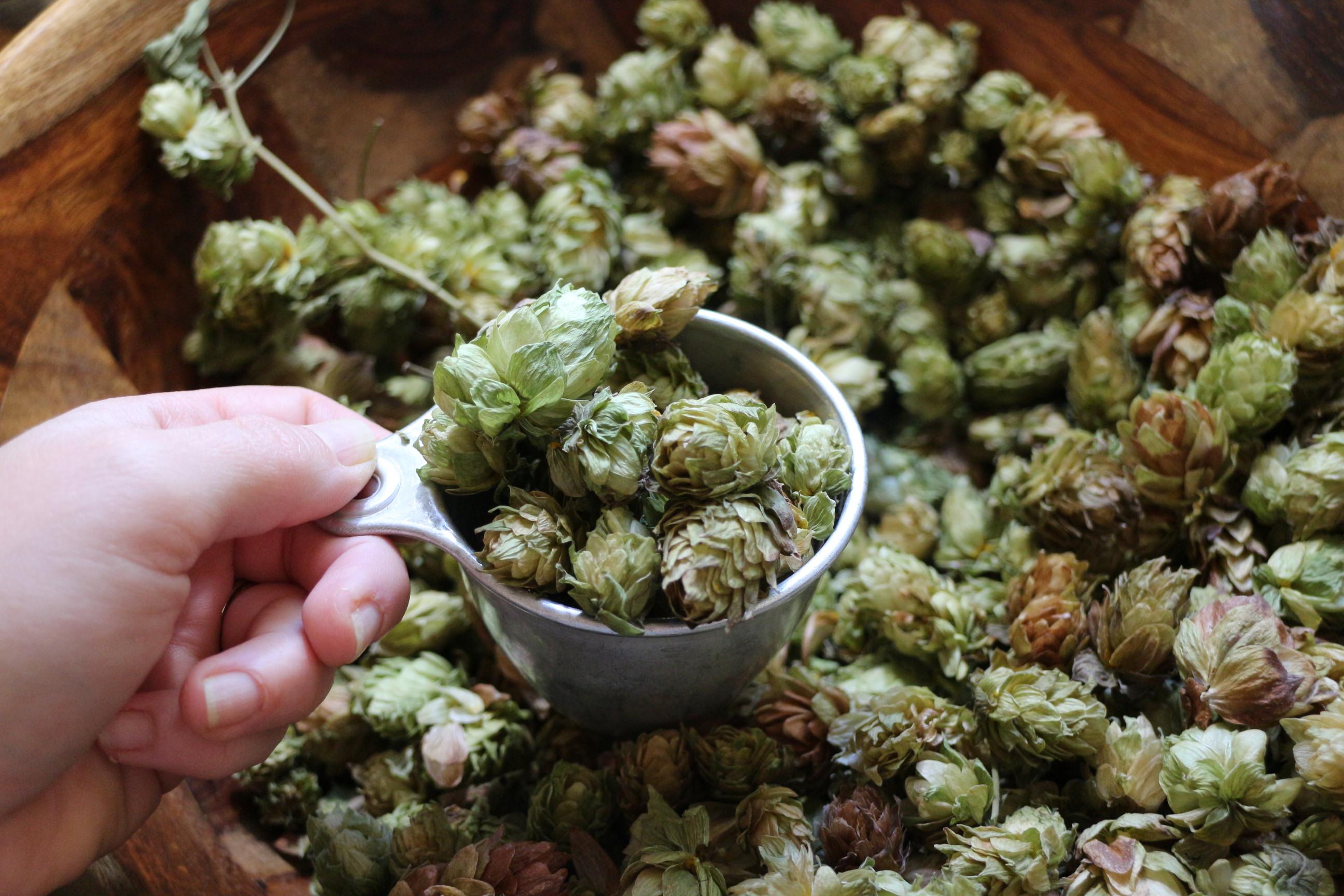
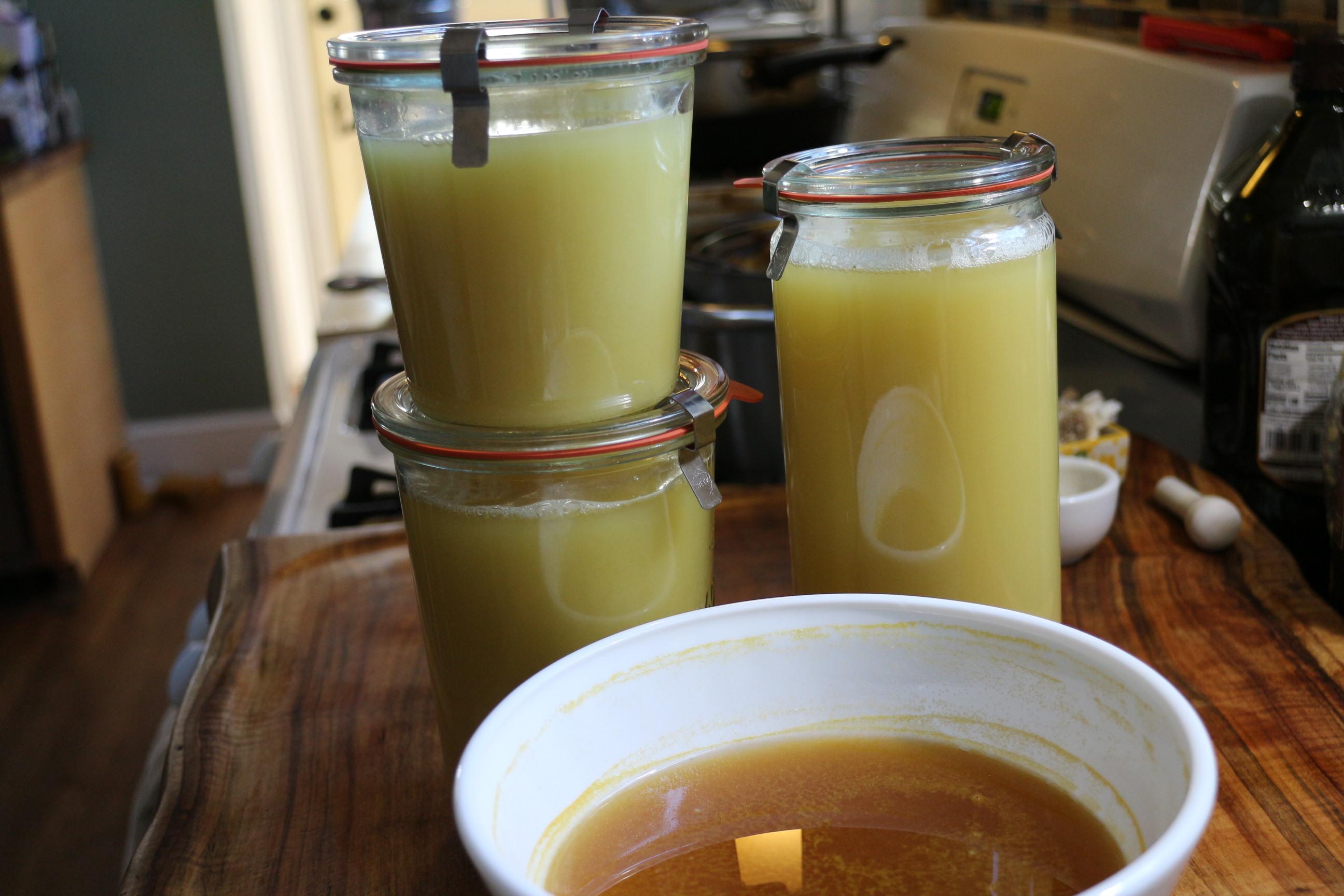
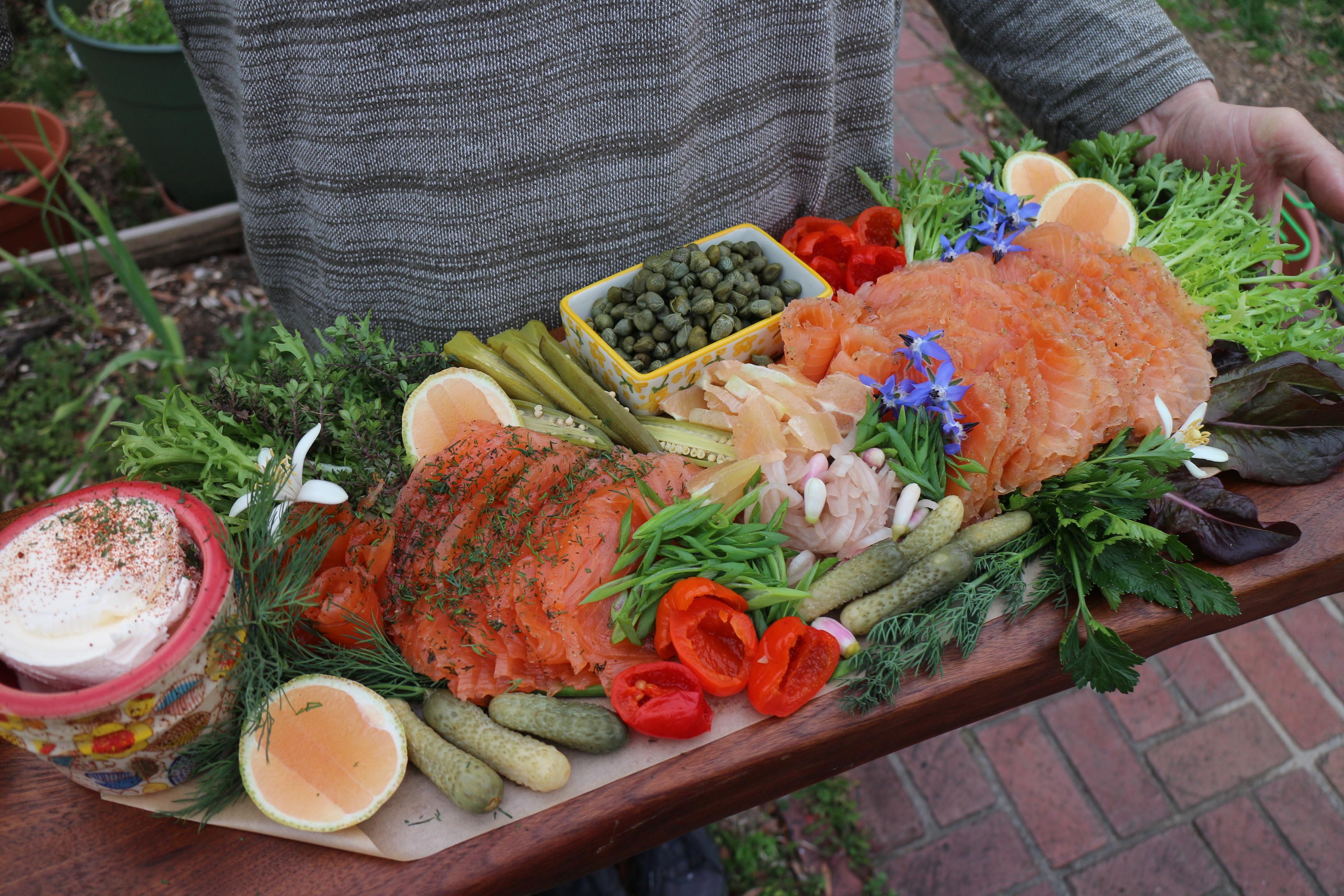 ^ this here is the pink-fleshed variegated Eureka lemon, used as a garnish
^ this here is the pink-fleshed variegated Eureka lemon, used as a garnish